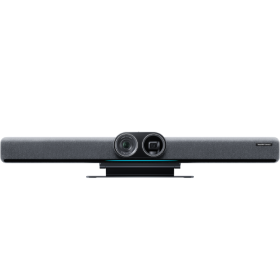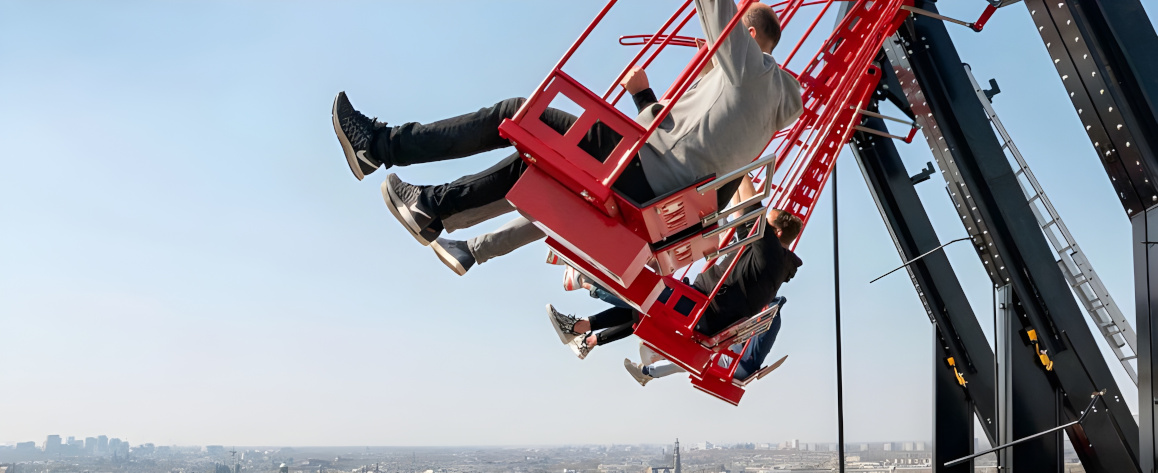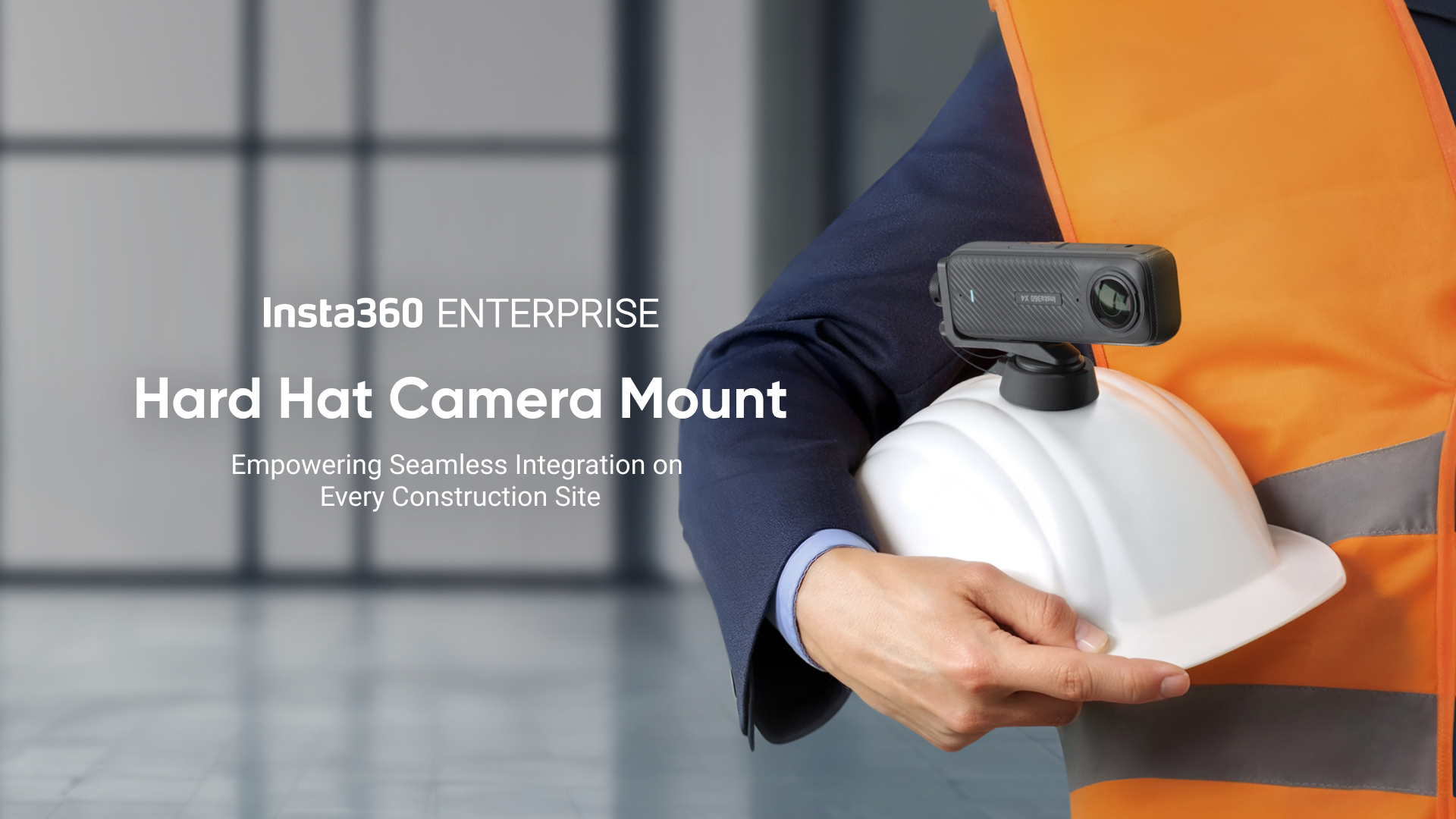Funerals are an important part of grieving for our loved ones; we get to celebrate their lives with the people who knew them best, and ultimately, we get to say goodbye. Being denied the opportunity to attend a funeral can therefore be a big source of pain to people who are already grieving.
Unfortunately, in a globalized world it can be difficult for everyone to attend a funeral at short notice. In particular, since the beginning of COVID-19, with widespread lockdowns and travel restrictions, many have turned to the immersive experience provided by VR funeral live streaming.
In 2019 it was estimated that 20 percent of US funeral homes offered some form of live streaming service. Now, the demand for such services has skyrocketed all around the world, with many mourners finding online funerals to be a surprisingly intimate way to honor loved ones. With 360 VR funeral live streaming, remote attendees can witness the service with perfect image quality and audio, and immerse themselves in the scene as if they were there.
A butcher, a baker, a candlestick maker
While some families may choose to arrange their own stream, funeral homes that can offer a professional, in-house service will be better placed to fulfill their customers’ needs and establish an advantage over their competitors. It was this logic that drove three Japanese companies from a diverse range of industries to collaborate on a funeral live streaming system, with Insta360 Pro 2 as the camera of choice.
The three companies involved were:
Towa Noie - a funeral home company
BST-NET- a business systems supplier
TechWave - a media company

What’s the back story?
For a long time, Japan has been one of the fastest aging societies in the world. During this demographic shift, there has been a fierce battle among businesses that provide relevant ‘death care’ services.
In Japan, funerals were traditionally held in large halls with hundreds of people in attendance. But as times have changed, the need for funerals with a small number of people physically present has increased. Meanwhile, due to the coronavirus pandemic, large gatherings have either been banned or restricted, leaving many people unable to attend events such as funerals.
The coronavirus has therefore accelerated the demand to include live streaming in funeral services, and it may be one of the changes in society that becomes permanent, even in a post COVID-19 era.
As Mr. Hiroshi Nakayama, CEO of funeral home company Towa Noie, explained:
“Some of the changes brought about by the coronavirus are unlikely to ever disappear. It is clear the funeral industry will increasingly rely on IT and online services going forward.”
For Mr. Makio Hirai, President and CEO of BST-NET, his company had a strong desire to stay ahead of these trends, and believed firmly that:
"A high level 360 system is the only way to solve the current problems in a responsible way."
Finding the right camera
Mr. Hirai, who was in charge of system delivery and setup on the project, stated that:
“A funeral is a summary of one’s life; it should be full of color and warmth. It is therefore essential to use the best equipment to deliver and record the funeral service, in order to do justice to the life being celebrated.”
With this in mind, BST-NET and TechWave collaborated to choose a suitable camera for the project, with the right specifications in both software and hardware.
An additional consideration was that the cameras would be operated by workers in the funeral homes without a strong technical background. The chosen camera would therefore need to be easy to operate, while also being capable of producing quality footage.
It was therefore decided to test devices from multiple manufacturers, and perform benchmark tests focused on the following criteria:
- Bandwidth
- Signal Interference
- Usability
- Resolution and angle of view
- Optical characteristics
- Software performance.
And the winner is…

According to Mr. Hirai, those on the project knew they had to work with a camera company that had real expertise; regular live streaming equipment would not be sufficient. Insta360 Pro 2 quickly emerged as the most promising candidate.
Mr. Masaki Masuda, CEO of TechWave, said they were more than satisfied with the specs on Insta360 Pro 2. They felt strongly that funeral home staff could use the camera to record and deliver a video of the highest quality, without disturbing the mourners bidding farewell to their loved ones.
So as to shoot with minimal disturbance, the team decided to suspend the camera from the ceiling, above the front row of the service hall. They found that people were not disturbed by the camera’s presence, and the position meant they could shoot with a high level of immersive feeling.

Another issue was where to operate/monitor the camera during the funeral services. To have someone on a PC in the same room was deemed to be inappropriate, so it was decided to operate the live stream remotely from an office in the building. This meant that network stability between PC and camera was extremely important.
Thus, another reason the team chose Insta360 Pro 2 was because they could operate it remotely via Ethernet cable, or using the FarSight remote monitoring system. This offered the necessary flexibility to arrange the setup of equipment in an optimal manner.
In addition, the camera has a built-in live-streaming server, with live-streaming video not only archived on the PC automatically, but also backed up on the camera’s built-in memory card. This was an important safety measure to mitigate the risk of losing any footage.
How are the VR funeral services streamed?
The team chose YouTube as the distribution platform for the project, due to the high number of users in Japan. This meant as many people as possible could view the funeral services, and the footage would be available for playback at a later date on YouTube Live.
YouTube restrictions limited the streaming resolution (at the time of installation) to 3844x1992. However, Mr. Masada explained there are plans to improve this in the future:
“We would like to switch to a higher-resolution distribution platform, to stay in line with the growing needs of users. We also wish to be able to download archived live streaming video as a file separately so that we can later look back at the funeral service.”
How do people typically watch the VR funeral live stream?
Viewing on a flat display, such as a tablet, PC, TV or smartphone, is still the most popular choice for people who watch 360 content. Although this does not provide the same level of realism achieved with equipment such as a VR headset, anyone can view the footage in a convenient way. Plus, viewers can interact with the funeral video by panning around the 360° scene.
Mr. Masada echoed this idea, adding that:
“The quality of live streaming achieved with Insta360 Pro 2 is more realistic than we ever imagined. The image quality is sufficient even on a flat screen, so you really feel as if you were there at the funeral yourself. In terms of being able to pay your respects in an intimate way, this is very important.”

What has the reaction been from funeral home owners to the VR live streaming technology?
For the funeral homes that have installed the new funeral live streaming system, the response has been overwhelmingly positive:
“We’ve had funeral home owners say to us that they believe this technology is “era defining”. Current customers are talking to us about increasing the number of cameras, while new customers are pushing for theirs to be installed.” Mr. Masaki Masada
For funeral home owners like Mr. Nakayama, it is all about preserving the dignity of a funeral service and bidding farewell to the deceased in the correct way. As long as the technology assists with this aim, he believes there is no reason not to embrace such methods:
“I think that we can continue to take on the challenge of maintaining the dignity of a funeral without lowering the quality of service. This approach with VR funeral live streaming is the first step on a journey into the unknown.”
So, is VR funeral live streaming the new normal?
In addition to funerals, VR technology use in the wider events industry is also increasing, for example in weddings, graduations and church services, as well as bigger events like conferences, music concerts and sporting events. Mr. Masada believes that the challenge for businesses like TechMedia is to continue to educate people about the benefits of 360 technology.
He stated that the group’s plan is to continue working towards a higher-grade, more immersive experience, and to demonstrate the value of the system to both users and providers. If successful, the funeral live streaming system (or similar) could well become standard practice in the industry.
Keen to keep up to date on Insta360 stories? Keep an eye on our blog and sign up for our mailing list. You can also contact our Enterprise team directly to see how 360 cameras can benefit your business.

































